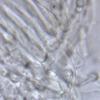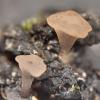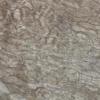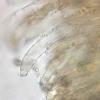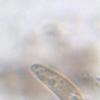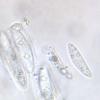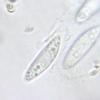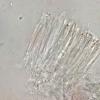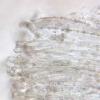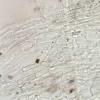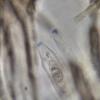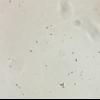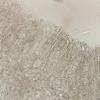
19-06-2024 18:32
François BartholomeeusenOn female Alnus catkins I found very small fruit b

16-03-2018 12:26
Garrido-Benavent IsaacDear all,I found this beautful pseudotheciate asco

19-06-2024 17:52
 Bernard Declercq
Bernard Declercq
Dear all, I am looking for the description and ac

18-06-2024 14:07
 Thierry Blondelle
Thierry Blondelle
Bonjour,Récolte sur une brindille dans une tourbi

16-06-2024 16:47
 Hardware Tony
Hardware Tony
These apothecia directly growing on a resupinate,

15-06-2024 13:51
Thomas FlammerJust downloaded the english Key for Tarzetta. I h

12-06-2024 07:41
Juuso ÄikäsYesterday I found some white Mollisias growing on

08-06-2024 14:44
Louis DENYSur sphagnum sp dans la tourbière des Pîles à S
Is this a Phaeohelotium on a female catkin of Alnus?
François Bartholomeeusen,
19-06-2024 18:32
Asci: 73x7.5 µm; croziers +; LUG +;
Paraphysis: With refractive guttules,
Spore: (15.6) 16.2 - 18.2 (18.4) × (3.7) 3.9 - 4.67 (4.7) µm; Me = 17.4 × 4.3 µm; Qe = 4.1
Could this be Phaeohelotium epiphyllum?
Thanks in advance,
François
Hans-Otto Baral,
19-06-2024 20:32

Re : Is this a Phaeohelotium on a female catkin of Alnus?
You should try to find living mature asci, also unemptied dead immature asci in IKI for the apical ring shape.
I think the long stipe excludes P. epiphyllum. Is the medulla non-gelatinous and withut crystals?
Living paraphyses with their contents are required.
François Bartholomeeusen,
20-06-2024 08:54
Re : Is this a Phaeohelotium on a female catkin of Alnus?
Dear Zotto,
The medulla is non-gelatinous and without crystals. Right now the FRBs are immature and I cannot determine the apical ring in IKI.
Thank you very much for your quick response!
François
The medulla is non-gelatinous and without crystals. Right now the FRBs are immature and I cannot determine the apical ring in IKI.
Thank you very much for your quick response!
François
François Bartholomeeusen,
20-06-2024 11:31
Re : Is this a Phaeohelotium on a female catkin of Alnus?
I'm sorry, but I want to show you more pictures. Maybe there are crystals after all? I thought it was a contamination with conidia. I also found a reference to Ombrophila rivulorum which shows a great similarity in appearance.
Maybe an Ombrophila after all?
Maybe an Ombrophila after all?
François
Hans-Otto Baral,
20-06-2024 12:03

Re : Is this a Phaeohelotium on a female catkin of Alnus?
II think you are now on the right track. Though very small these are crystals in the hymenium.
The living paraphysis cels are here empty. In the last pic it looks a bit like VBs but elongated as typical of Ombrophila.
The genus is very difficult.

